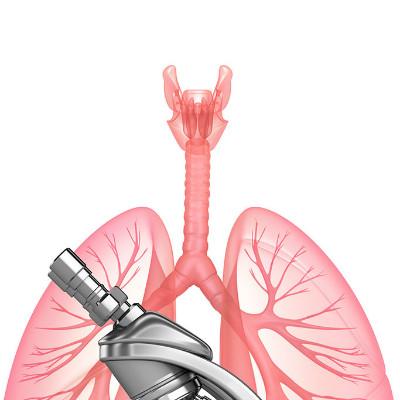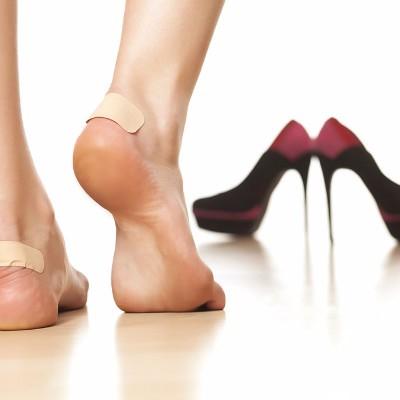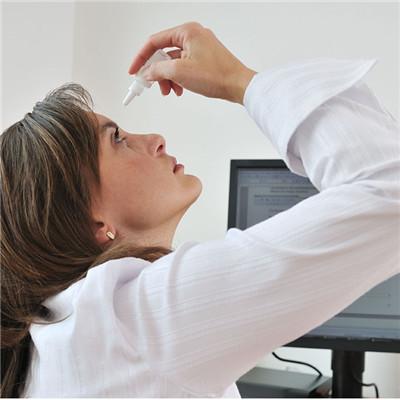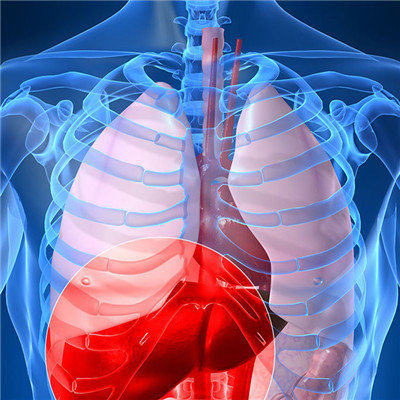Symptoms of cervical spondylotic radiculopathy
summary
Cervical spondylotic radiculopathy refers to the general term of the main clinical manifestations of cervical intervertebral disc degeneration and secondary pathological changes caused by nerve root compression causing pain in the corresponding nerve distribution area. The degenerative change of cervical intervertebral disc is the most important cause in the pathological process of cervical spondylosis. On this basis, it causes a series of secondary pathological changes, such as disc herniation, the formation of bone spurs at the posterior and lateral edges of adjacent vertebral bodies, the hyperplasia and hypertrophy of facet joints and uncinate joints, the thickening of ligamentum flavum and the formation of folds into the spinal canal, These pathological factors and intervertebral disc depend on each other and influence each other, which can compress the cervical nerve root and produce clinical symptoms. The symptom of nerve type cervical spondylosis? Let's talk about it
Symptoms of cervical spondylotic radiculopathy
The neck symptoms may vary according to the causes of root compression. Those mainly caused by protrusion of nucleus pulposus are often accompanied by obvious neck pain, tenderness of paravertebral muscles and upright posture of neck due to direct stimulation of local sinus nerves. Direct tenderness or percussion pain of cervical spinous process or between spinous processes are mostly positive, especially in acute stage, If it is caused by simple uncinate joint degeneration and hyperosteogeny, the neck symptoms are mild or even no special finding.
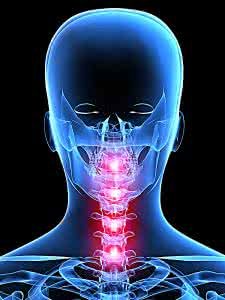
Root pain is the most common, and its range is consistent with the distribution area of the spinal nerve root of the affected vertebral segment. At this time, it must be distinguished from dry pain (mainly radial nerve trunk, ulnar nerve trunk and median nerve trunk) and plexus pain (mainly cervical plexus, brachial plexus and axillary plexus). Root pain is accompanied by other sensory disorders in the nerve root distribution area, among which numbness of fingers, hypersensitivity of fingertips and hypoesthesia of skin are the most common.
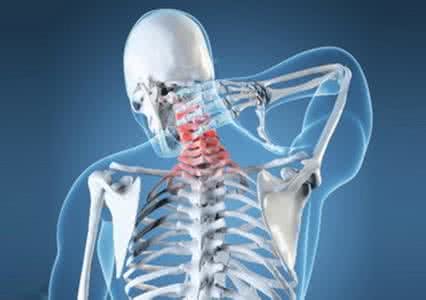
Root dyskinesia is obvious when the anterior root is compressed first. In the early stage, the muscle tension increased, but soon weakened and atrophy appeared. The affected area was only limited to the muscle group dominated by the spinal nerve root. In the hand, the thenar muscle and interosseous muscle were obvious. It should also be distinguished from the dry and plexus muscle atrophy, and should be distinguished from the muscle force change caused by myelopathy. If necessary, electromyography or cortical evoked potential should be used to identify.
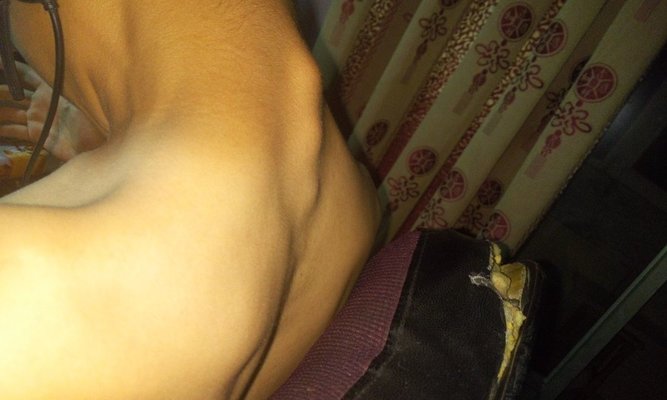
matters needing attention
Avoid sleep deprivation. Lack of sleep, excessive work tension and long-term continuous fixed posture will lead to neuromuscular tension and strengthen the symptoms of cervical spondylosis. Especially the neck shoulder back muscle exercise, the correct exercise can strengthen muscle strength, strengthen the normal cervical physiological curvature, increase the stability of cervical biomechanical structure, and promote the circulation of blood and lymph, which is conducive to the recovery of cervical spondylosis.






